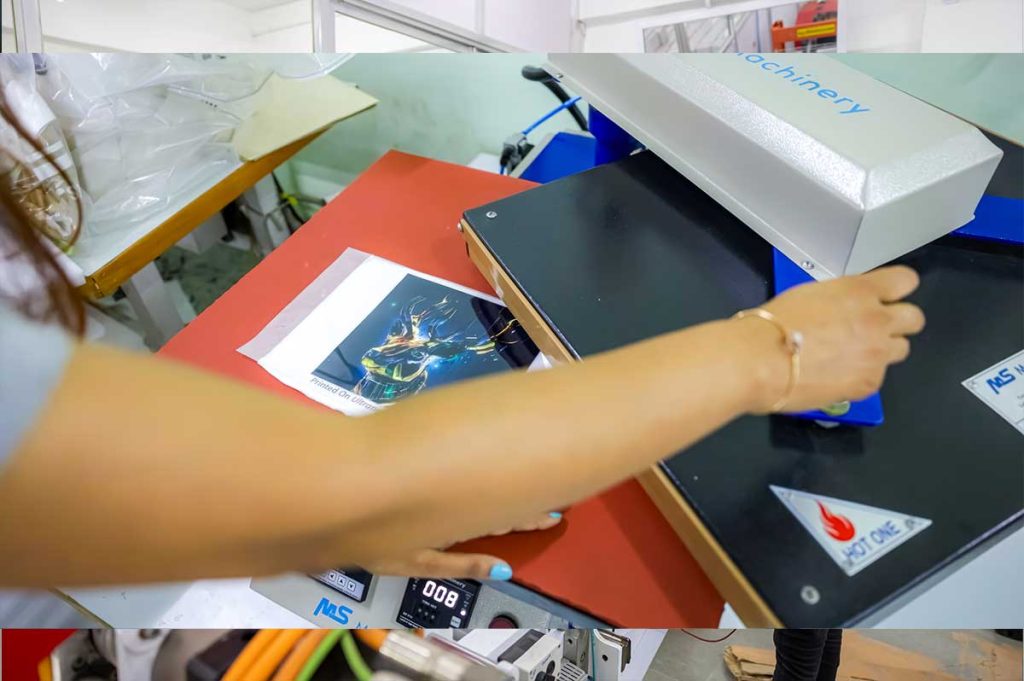Direct-to-Film (DTF) printing has changed the garment customization industry with its versatility, durability, and ability to print vibrant designs on various fabrics. If you’re considering DTF printing, knowing which printers are compatible is crucial. You should also know what equipment is needed, and whether specific printer models like Epson or sublimation printers can be used. Below is a detailed guide for choosing DTF Printers for Direct To Film Transfers. Can You Print DTF on Any Printer? No. DTF printing has specialized ink needs and the ability to work with PET film. This is why a regular printer cannot do DTF printing. It cannot handle DTF film. For effective DTF printing, the following things are important: What Printers Are DTF Compatible? DTF printing requires specific inkjet printers that can handle specialized DTF inks and films. Here are some of the most commonly used DTF-compatible printers: 1. Epson Inkjet Printers (Modified for DTF) 2. Purpose-Built DTF Printers 3. High-Production DTF Printers Steps to Choose the Right DTF Printer Your business needs determine the kind of printing you require and your DTF printer selection. Ensure that the features of your chosen printer match the DTF ink you use and the kind of details you want. Assess your needs Different types of DTF printers are ideal for different printing needs. They vary in features like print speed, resolution, print area, and white ink circulation. So, some models are better suited for large-scale production. Others are for small-scale projects or specific fabric types, depending on the desired quality and volume of printing. Understand the main parts of a DTF printer Before choosing the best DTF printer, knowing the different components of these devices is crucial. 1. Printhead – The printhead sprays liquid DTF ink onto the transfer film in a precisely. Most DTF printers use Epson piezoelectric printheads. They can handle pigment-based inks better than thermal printheads. 2. Ink system – DTF printers use specialized pigment-based inks. They enable transfer printing and provide vibrant colors, durability, and stretchability on various apparel. 3. Feeding system – DTF printers use a roll-to-roll feeding system or sheet-based system. The system guides the PET transfer films, like cold peel and hot peel films through the printer smoothly. Choose quality DTF consumables The DTF film you have also impacts the printed output. A single or double-side PET printing film with antistatic coating, strong ink absorption, and rapid drying capability leads to vibrant and long-lasting prints. It also avoids wastage of materials and unwanted product cost. Explore different DTF printers Once you know printer specifications and your needs, explore various options. These differ based on the needs of small, medium, and large businesses. Check prices The cost of DTF printers vary significantly. So, when looking at prices, look at the quality of the product and the warranty it has. Some factors the affect the overall printing cost include printer model, size, ink cost, and additional equipment, like heat presses and curing ovens. Don’t feel tempted to buy a printer with much lower cost than other products of the same model in the market. The quality of its parts may be lower. Check print quality The final print quality undergoes a transformation due to many things. These include: Different types of clothing materials require different consumables that affect the actual print output. Concluding Words Now you can choose a good DTF printer for your business. No matter the scale of your enterprise, use the above steps to find a good machine. Also, be careful about the DTF film and consumables you use as they impact the final print quality. Frequently Asked Questions DXZ A3 DTG Printer, SYXINGL A3 DTF Printer, and Epson SureColor P600 are some good user-friendly DTF printers for small businesses. They give highly professional prints and have excellent after-saled support. Brother GTX Pro Series DTF Printer, M&R Maverick DTF Printer, and Ricoh Ri 2000 DTF Printer are good commercial DTF printers. They have advanced printhead technology and do high-speed printing. 3. What is the 2024’s best DTF printer for T-shirts? In 2024, DTF printers from brands like Epson, Brother, and Mimaki were popular for T-shirt printing. They were liked for their high-speed printing, sharp details, and user-friendly software. 4. What are the best UV DTF printers for small businesses? Many UV DTF printers, like Sublistar UV-30R Star VI UV DTF Printer, MECOLOUR UV DTF Printer, and KingJet 40cm UV DTF Printer are designed keeping in mind the needs of small businesses. These printers are affordable and deliver high-resolution prints on various materials. Yes. DTF printer requires RIP (Raster Image Processor) software for printing. It manages color, print configuration, and workflow. Without it, getting the color placement right is not possible. The software saves ink and facilitates professional printing.









